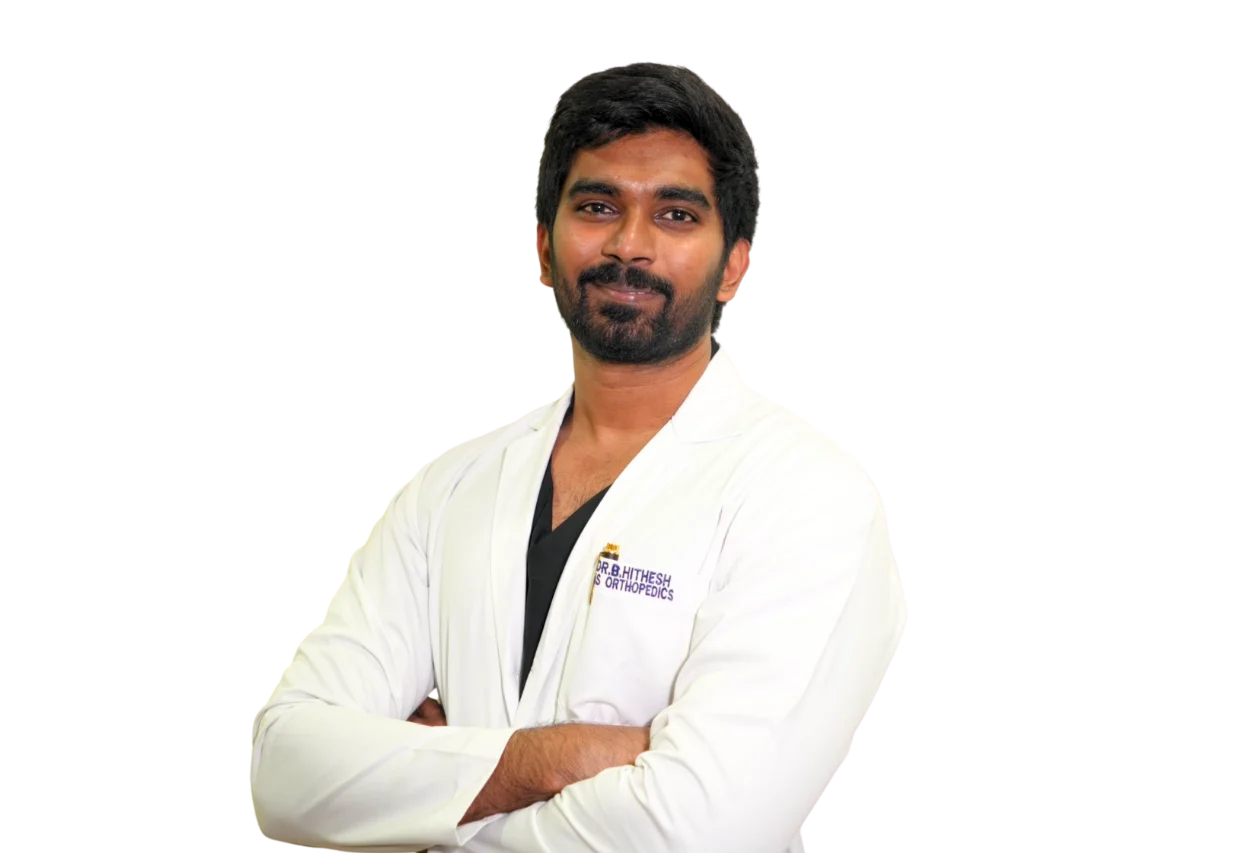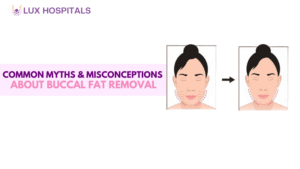Preparing for Liposuction: What to Expect Before, During, and After

Liposuction has become one of the most popular cosmetic surgeries for people seeking to remove excess fat and contour their bodies. If you’re considering this procedure, it’s essential to be well-informed about what to expect before, during, and after the liposuction surgery. This guide will walk you through everything.
What is Liposuction?
Liposuction is a surgical procedure designed to remove excess fat from specific areas of the body. Whether you have stubborn fat on your abdomen, thighs, arms, or back, liposuction can help achieve a more contoured and toned appearance. While it’s not a weight-loss solution, liposuction can help sculpt and reshape your body.
Before the Liposuction Procedure
The key to a successful liposuction procedure begins long before you step into the operating room. Proper preparation is essential for both your safety and the overall outcome of the surgery. Here’s what you can expect before liposuction:
Consultation with a Surgeon
- Your road to liposuction begins with a consultation with a qualified and professional surgeon.
- At this consultation, your surgeon will evaluate your general well-being and speak about your goals and expectations from the surgery.
- He will also let you decide which part of your body you would like to address with liposuction, whether it is your tummy, thighs, arms, or any other part of the body.
Preoperative Instructions
- Your surgeon will give you thorough advice on how to get ready for the procedure.
- This may involve preparing for post-surgery care, avoiding alcohol and tobacco, and quitting specific drugs.
- Following these guidelines is essential to lowering the likelihood of problems.
Medical Testing
- Depending on your medical history and health, your surgeon may advise you to get some tests done or imaging studies.
- These will determine if you are a good candidate for liposuction and whether your body is prepared for it or not.
Setting Realistic Expectations
- It is important to have realistic expectations about the results of liposuction.
- Liposuction is not a weight-loss solution; it is a body-contouring procedure.
- You may prevent disappointment and make sure you obtain the greatest results by being aware of what liposuction can and cannot achieve.
During the Liposuction Procedure
Liposuction surgery can take a few hours to perform, depending on the areas being treated and how complex the procedure is going to be. Here is what you can expect during the surgery:
Anesthesia
- Liposuction is usually performed under general anesthesia, meaning you are asleep during the surgery.
- In limited cases where small areas are being treated, local anesthesia with sedation may be utilized.
- Your surgeon will discuss the best option for anesthesia depending upon your case.
Surgical Procedure
- Once you’re under anesthesia, the surgeon will make small incisions in the targeted area.
- The fat is broken up and removed by inserting a cannula, which is a thin tube, through these incisions.
- The fat is then removed by suction with a device that resembles a vacuum. The desired contour will be achieved by the surgeon by shaping the area.
Minimal Discomfort
- Liposuction is normally considered a low-pain operation, but it is inevitable to feel some degree of discomfort post-operatively.
- The extent will vary depending on the volume of fat removed and the areas involved.
- To ensure that you stay comfortable during the healing process, your surgeon will have alternatives for managing your pain.
Liposuction Side Effects
- Like any surgery, liposuction does come with some possible side effects.
- Most are temporary and include swelling, bruising, and soreness in the treated areas.
- These effects are normal and will fade away as you heal.
After the Liposuction Procedure
Recovery time and results from liposuction vary from person to person. Here’s what you can expect after the procedure:
Liposuction Recovery Time
- After liposuction surgery, you’ll be taken to a recovery facility where you’ll be monitored as the anesthesia wears off. It’s normal to experience some discomfort, bruising, and swelling in the treated areas.
- Recovery time varies depending on the procedure’s extent, but most people can resume light activities within 1-2 weeks. Complete recovery may take several weeks, and your surgeon will provide specific guidelines.
Compression Garment
You will be instructed to wear a compression garment over the treated areas to help reduce swelling and support healing. The garment should be worn as instructed for a number of weeks while your body adjusts to its new contours.
Postoperative Care
You will receive detailed instructions from your surgeon on how to take care of yourself following liposuction surgery. This may include instructions on wound care, management of swelling, and avoidance of strenuous activities for some time. It is essential to follow the following instructions to ensure a quick recovery.
Returning to Normal Activities
It is advised that excessive exercise be avoided for at least 4-6 weeks following surgery, even though many patients are able to return to mild work and activities in as little as one week. Your surgeon will be able to give you a more tailored outline of when you can resume your normal activities, depending on how you heal.
Final Results
Remember that the initial results of liposuction may not be visible. Swelling can persist, and it usually takes a few months for the body to settle into its new shape. The key here is patience while you wait for the final result.
Side Effects of Liposuction
Common side effects and risks associated with liposuction include the following:
- Swelling and Bruising: These are typical following a liposuction procedure and should subside within a few weeks.
- Infection: This is also a risk for any surgical procedure if postoperative care instructions are not followed to the letter.
- Scarring: Small incisions are made during liposuction. Though the scars are usually at a minimum, if proper care is not taken, the wounds can become quite conspicuous.
- Numbness or Sensitivity: A few patients may experience numbness or sensitivity in the treated areas. Fortunately, this condition is almost always temporary.
Conclusion
Liposuction is a very effective procedure for body contouring and fat removal. With proper preparation, selection of a competent surgeon, and realistic expectations, you can achieve the body shape you want. Just be sure to follow your surgeon’s instructions and have patience during the healing process. Understanding what to anticipate prior to, during, and following liposuction can guarantee a positive result and allow you to take advantage of your improved appearance.
If you are considering liposuction surgery, consult with a board-certified plastic surgeon to discuss your goals and find out if this procedure is right for you. Proper planning and realistic expectations are the keys to a successful liposuction journey.




















